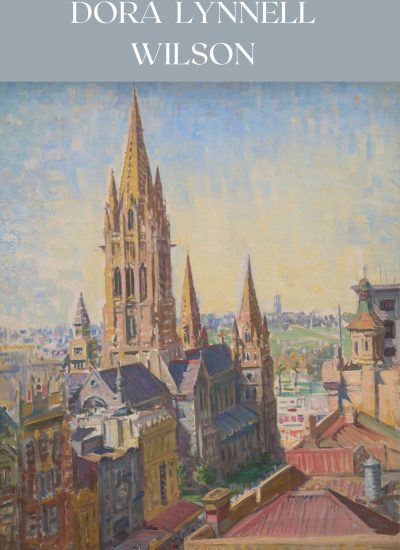Dora L Wilson
Research toward a catalogue raisonne – FREE download below

Dora Lynnell Wilson was born on the 31st August 1883, the second of four children born to James and Annie Maria Wilson (nee Green). The three eldest, Hugh Campbell, Dora Lynnell and Agnes Maude were all born in Newcastle Upon Tyne, in England, whereas the youngest, Percy James, was born in Melbourne after the family immigrated to Australia in May of 1885, on board the Ibera.
Wilson received her early education at the Methodist Ladies College in Hawthorn, and in her late teens, was inspired by an exhibition of etchings by Anders Zorn in the collection of the National Gallery of Victoria. Keen to try it for herself, Wilson later bought a press and made several etchings of the landscape around Melbourne and Tasmania. Although etching constituted some of her earliest artistic output, Wilson is best known today for her oil paintings documenting Melbourne’s CBD.
Wilson received her art education at the National Gallery School which she commenced in 1901, arriving in the same year as good friends Jessie C.A. Traill and Janet Cumbrae Stewart, under the tutorage of Bernard Hall and Fredrick McCubbin.7 Dora Wilson also received lessons in etching from John Mathers and may have attended with fellow print enthusiast, Jessie Traill, in 1903. …. Download the catalogue below for the full history.
